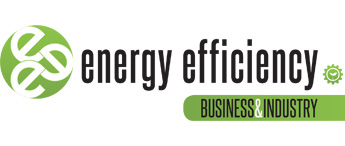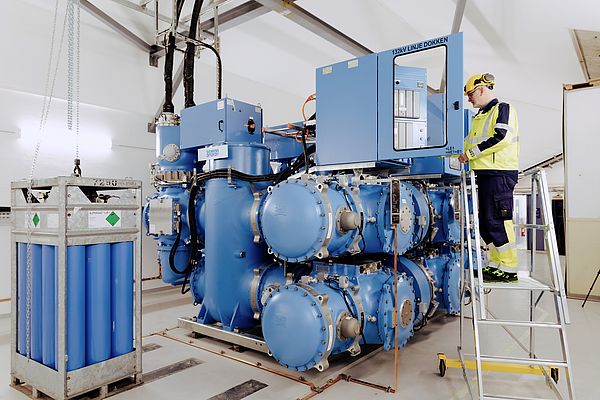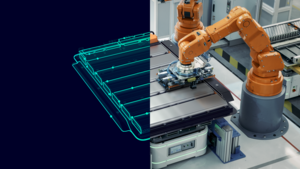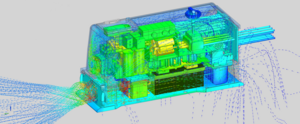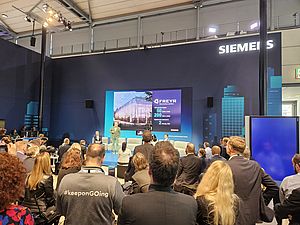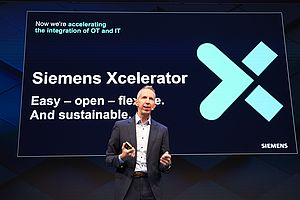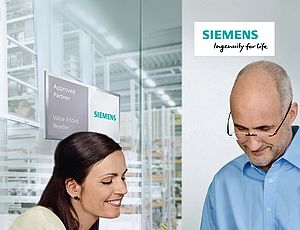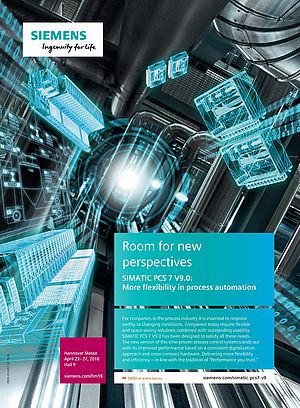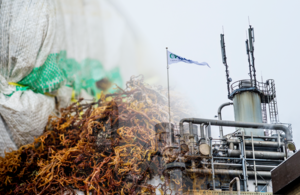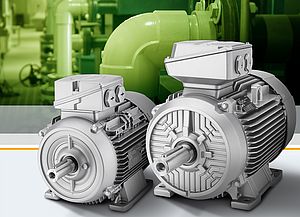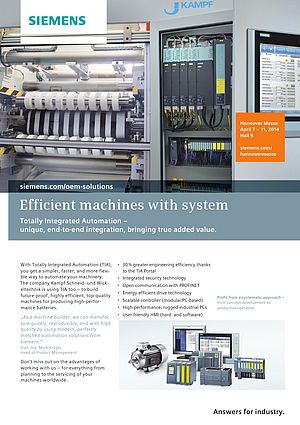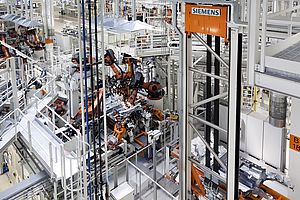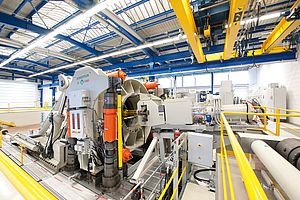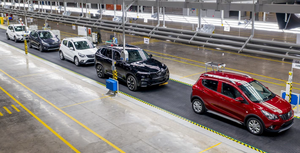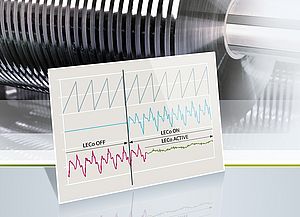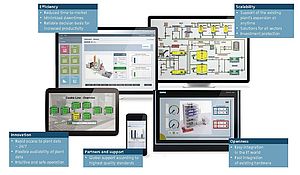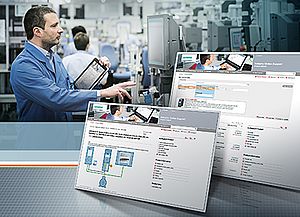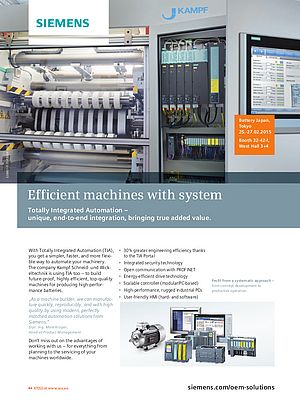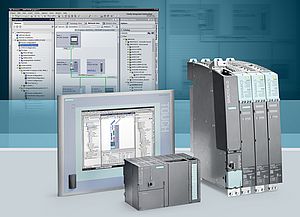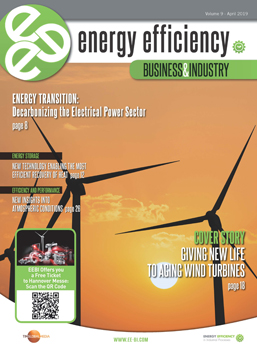On April 5, 2022, in order to more tightly control fluorinated greenhouse gases (F-gases), the European Commission has released a legislative proposal to update the 2014 F-gas Regulation. Sulfur hexafluoride (SF6) has been used for more than 35 years in electricity transmission and distribution equipment as a switching and insulating gas. However, SF6 is the most potent greenhouse gas, with a warming potential 25,200 times higher than carbon dioxide (CO2) and an atmospheric residence of up to 3,200 years.
As one of the leading manufacturers, Siemens has already developed F-gas-free alternatives, using Clean Air (natural origin gases) for gas-insulated switchgears. While also using proven vacuum switching technology, it is possible to replace SF6 as an insulating and switching gas with a completely fluorinate free gas, thus avoiding any possible impact on environment and health.
“At Siemens, we are already able to provide SF6-free gas insulated switchgears (GIS) up to 24 kV without the use of fluorinated gases, while not having to compromise on safety, availability, lifecycle costs, and size,” said Stephan May, CEO of the Electrification & Automation Business Unit at Siemens Smart Infrastructure. “The only sensible solution to replace SF6 in medium-voltage switchgears, is the use of natural-origin components of the ambient air. As the average lifetime expectancy of these electrical products is in the range of 35 years, changing directly to Clean Air is the most future-proof solution to comply with all possible upcoming environmental regulations."
Siemens “blue portfolio” makes it possible to modernize existing power grids at the highest levels of safety and to reduce the ecological footprint
Siemens’ environment and climate-friendly gas-insulated switchgears (GIS), branded “blue GIS”, are fully replacing SF6 with an insulating gas containing gases of natural origin (Clean Air). Clean Air consists of natural components of the ambient air and is therefore not only free of F-gases, but also harmless, extremely stable, non-toxic, non-flammable, and suitable for all operating temperatures. It has a global warming potential (GWP) < 1 and can be released into the atmosphere at the end of its lifespan.
The ecological footprint of “blue GIS” products is lower than that of comparable conventional products. These new GIS designs meet the same high expectations of public and private grid operators for gas-insulated high-tech switchgears, as with current SF6 technology today. This applies particularly to functionality, personnel safety, health and environmental protection, long service life, maintenance-free operation, compact size, durability, recyclability, and cost-effectiveness over the entire lifecycle. According to the F-gas regulation draft, training, and reporting obligations with Siemens “blue GIS” are obsolete.
The Siemens “blue portfolio” already includes F-gas-free solutions for the 12 kV and 24 kV voltage levels. Siemens has solutions in service for both primary and secondary 12 kV gas-insulated systems, while the first 24 kV solutions are already deployed, and 40.5 kV versions are going to be introduced accordingly. In total, several thousand solutions are in the field.
The “blue portfolio” makes it possible to modernize and expand existing power grids at the highest levels of safety and simultaneously reduces the ecological footprint without compromising on performance or economic feasibility.
As the first existing SF6 switchgears are approaching end of life, Siemens will support its customers as a reliable partner during the decommissioning and replacement, along with a proven disposal process and related services.
According to the EU Commission, at EU level, F-gases currently account for 2.5% of total greenhouse gas emissions. The strengthened F-gas proposal is intended to save the equivalent of 40 million tons of CO2 emissions by 2030, beyond the expected reduction under current legislation, reaching total additional savings equivalent to 310 million tons of CO2 by 2050.
